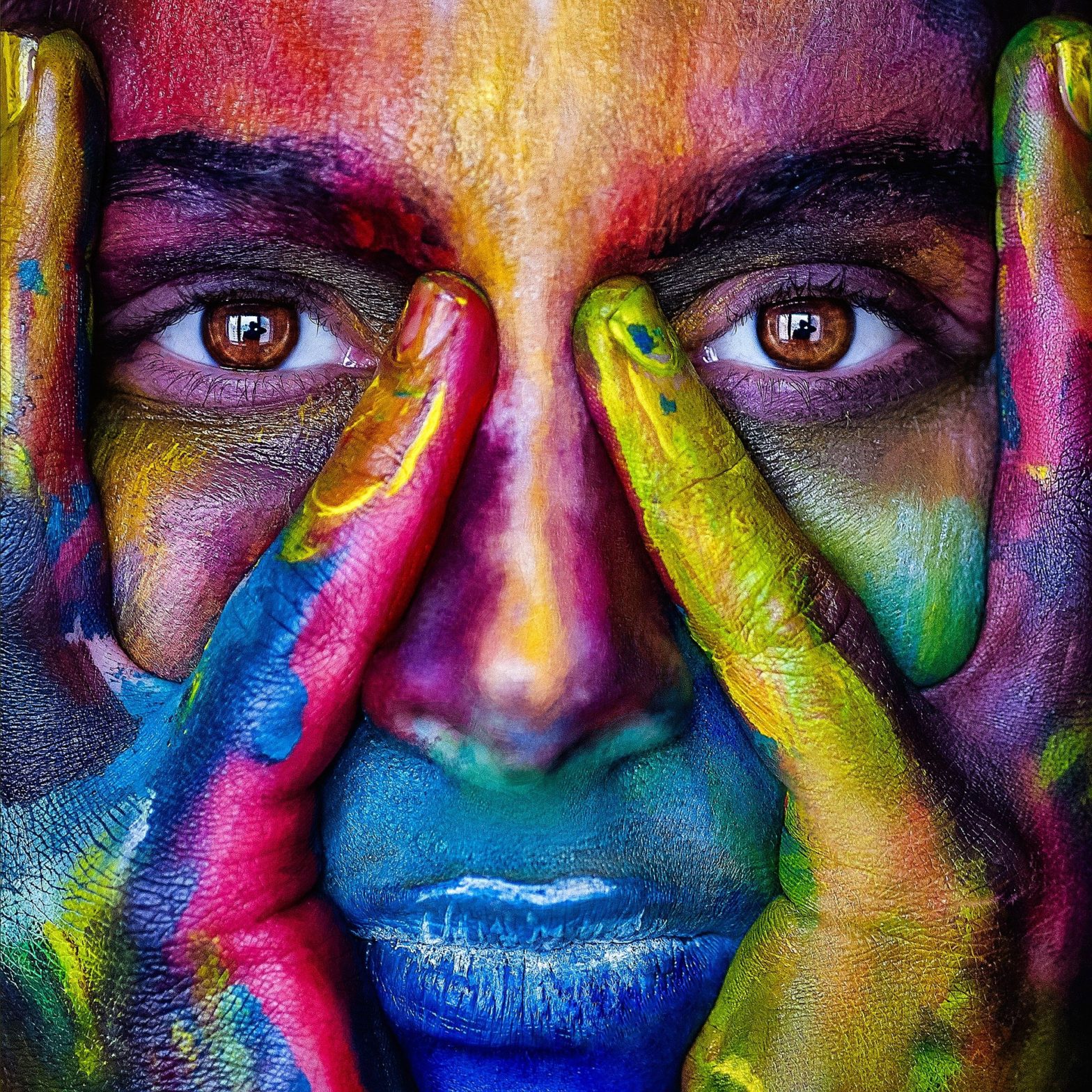The new report Feeling Seen tries to remove those fears with a guide to making diverse and inclusive advertising that’s both true to life and commercially effective. It’s based on work combining quantitative and qualitative research with the actual groups represented in diverse ads. How does it feel seeing people like them on screen? What mistakes do brands make trying to represent diversity? Which ads work best for diverse communities? Which are the most effective commercially?
Over 10,000 interviews were completed across 6 different diverse groups, using the general population data and System1’s database of over 50k ads globally, as the control.
The central findings of the report should reassure any media owner or brand who is nervous about either making missteps in representation, or about the commercial impact of diverse advertising. The best examples of inclusive advertising score well with the population as a whole but even better among the groups they work to include. For instance, in the System1 Test Your Ad model, used to measure responses to each ad, McCain’s ‘We Are Family’ ad scored a very strong 4.7-Stars. The ad prominently features two Muslim women chatting over a meal, and among British Asian viewers the score jumped to a near-maximum 5.8-Stars.
The report finds this pattern again and again, in ads for Renault, Boots, IKEA and many more. Ads score strongly overall and then see an uplift among the groups in the ad, driven by higher happiness and more intense response. In other words, when people feel seen in ads, they feel good.
That matters because positive feeling helps drive long-term brand growth, and intensity of feeling helps drive short-term sales. In other words, for brands who get it right there’s a “diversity dividend” of greater commercial effectiveness, and the report also features interviews with many CMOs involved with the ads who testify to the business impact of the work. As many of them also point out, commercial impact isn’t the only reason for it - but the report highlights that there’s a business case for inclusion, not just a moral case.
So what can marketers and media channels take away from the Feeling Seen work? The report puts forward 5 main insights.
- FEELING SEEN FEELS GOOD: Marginalised groups in society like to see their lives and stories on screen - it’s great to feel seen. There’s far more appreciation than criticism for brands making the effort.
- DIVERSE ADVERTISING UNITES US: The diverse samples responded in the same way at the same moments as the general population sample - just with more intensity. There’s no need to make completely different ads for different audiences - a good ad brings everyone together.
- CELEBRATE LIVES AND CULTURES: A consistent theme across quant and qual work is the desire of people to see their joy, not just their struggle, on screen. For instance, Black British viewers were delighted to see an ordinary Black family celebrating little victories on screen in IKEA’s “Hooray! For The Wonderful Everyday”. Tell stories rooted in ordinary lives, not just in trauma or oppression.
- DIFFERENT PEOPLE, SAME RULES: The way to make a great diverse ad is to make a great ad that’s diverse, not make a diverse ad and hope it’s great. In other words, it’s still crucial to get the storytelling, branding, characters, soundtrack and executional details right, as that’s what will ensure wide popularity and create the baseline for the diversity dividend.
- DIVERSE IS NOT AN IDENTITY: Remember to be authentic and try and reflect a specific identity - ‘painting the rainbow’ and cramming in as many different groups as possible can make for a feelgood ad but can also leave some feeling shortchanged. And umbrella categories like “LGBTQ+” and “older people” mask some major differences in experience and outlook.
The report goes into more detail about specific ads and the routes they took to make a success of diversity. The overall point is clear, though - diverse advertising is a win-win scenario, for the groups featured, the viewers, and the brands who invest in it.
Source: thinkbox.tv

